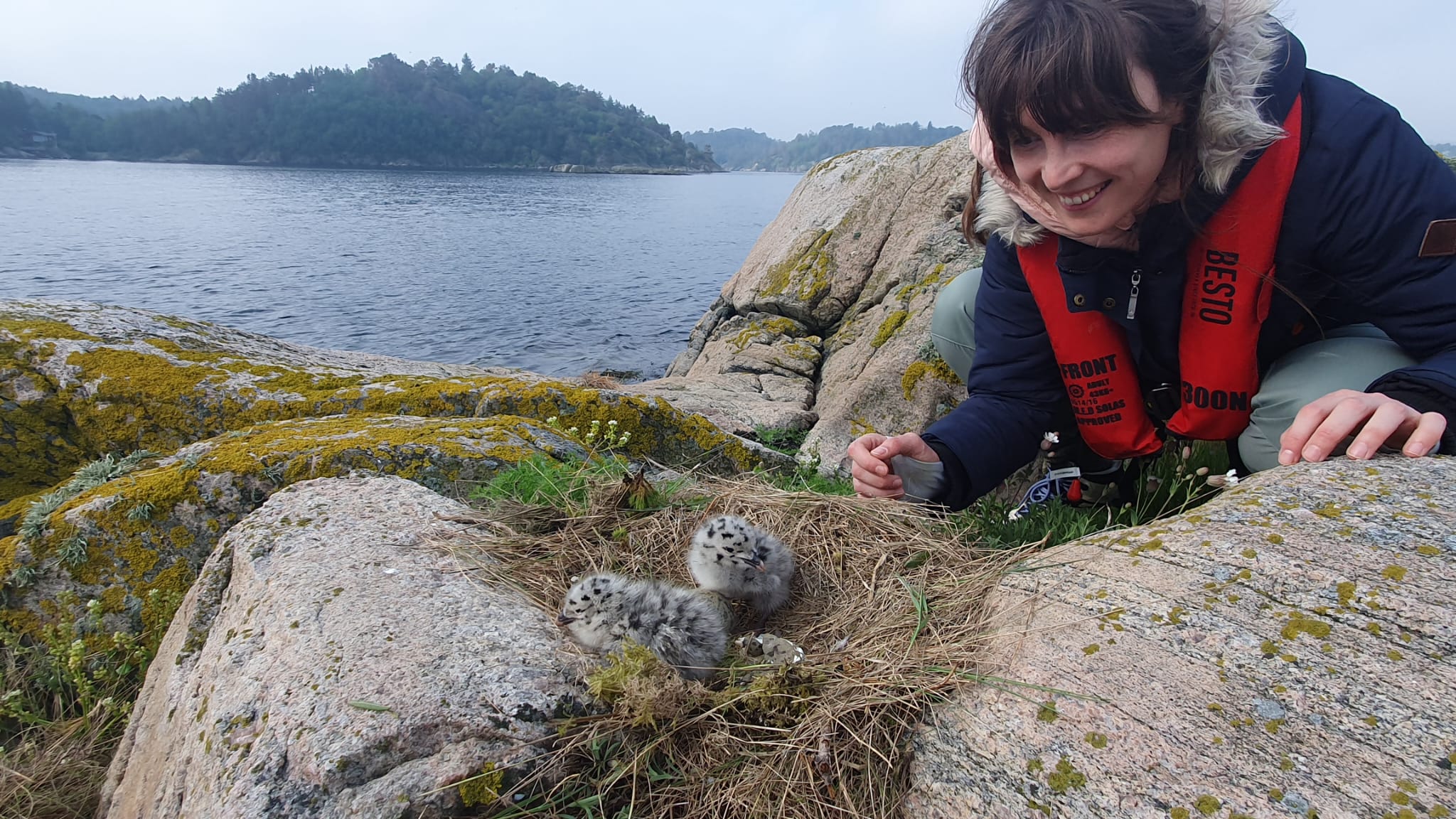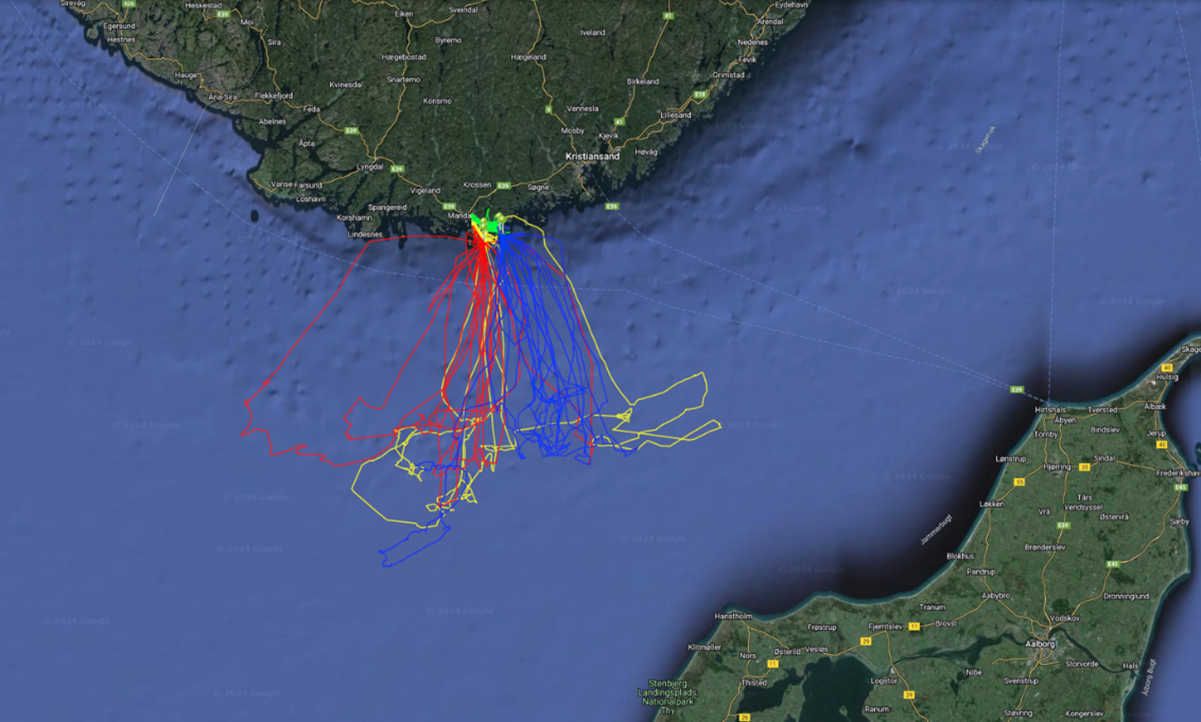GPS tagging of Great Black-backed Gulls to get valuable insights on seabird behaviour

Wednesday 3 July 2024
Ecowende and Waardenburg Ecology have teamed up to study seabirds. We know from ecological research that the Great Black-backed Gull is one of 18 seabird species identified as vulnerable to collision with offshore wind farms . While only a few breeding pairs exist in the Netherlands, large breeding populations occur in Norway, and individuals are known to winter in the North Sea. Ecowende’s Hollandse Kust West wind farm will serve as a prime research location to assess whether the ecological impacts of future wind farms can be reduced. GPS-tracking of Great Black-backed Gulls is one of the projects that falls under the ecological research program of Ecowende.
The Great Black-backed Gull is a designated species within the Natura 2000 area Brown Ridge (or ‘Bruine Bank’ in Dutch). However, one existing knowledge gap is how and when the species uses this area, and for how long. This tagging study is expected to provide valuable insights to help address this. Eldina Salkanović, ecologist at Ecowende: “Little is known about the potential effects of operational wind farms on Great Black-backed Gull, such as collision and displacement. This is due to a lack of fundamental studies on Great Black-backed Gull spatial and foraging ecology in the North Sea.”
Studying Great Black-backed Gulls via offshore surveys is challenging as it requires intense surveys. Therefore, tagging individual birds with GPS loggers provides not only reliable long-term tracking data, but also detailed information about their distribution, habitat choice and (foraging) behaviour.

GPS tracking is not as easy as it sounds
Our top priority is the gull’s welfare, and one of the challenges of deploying tracking devices on birds is their effect on the individual. That’s why Ecowende, together with Waardenburg Ecology and local partner BirdLife Norway, performed a pilot with integrated leg-ring loggers in the 2023 breeding season in Mandal, Norway.
Hannah Madden, bird ecologist at Waardenburg Ecology: “While the leg-ring loggers were easy to deploy on Great Black-backed Gulls, unfortunately these devices were not suitable for this species because the loggers would not charge due to their placement on the leg. This year we used leg-loop harnesses, which are fitted around the legs with the GPS device placed on the gull’s back. This will ensure the loggers stay charged and can send data year-round, even in the winter. The harnesses are also specially designed to drop off after a few years (via the biodegradable cotton thread), thereby addressing ethical concerns.”

25 loggers successfully deployed
Having just returned from Norway, the team are pleased to report that the 25 loggers were successfully deployed on Great Black-backed Gulls and are already providing information about the birds’ foraging areas during chick-rearing (see map below).
Great Black-backed Gulls online
Eldina: “We managed to successfully tag all 25 Great Black-backed Gulls with the GPS loggers and now we follow online where exactly in the North Sea these seabirds will be flying - particularly in relation to the location of where Ecowende wind farm will be constructed. We hope that with this additional information regarding their spatial and foraging ecology, we will not only contribute to filling an existing knowledge gap on their migratory behavior offshore, but also better understand what mitigation and prevention measures we can implement to best protect this species from collisions with wind farms in the North Sea.”

